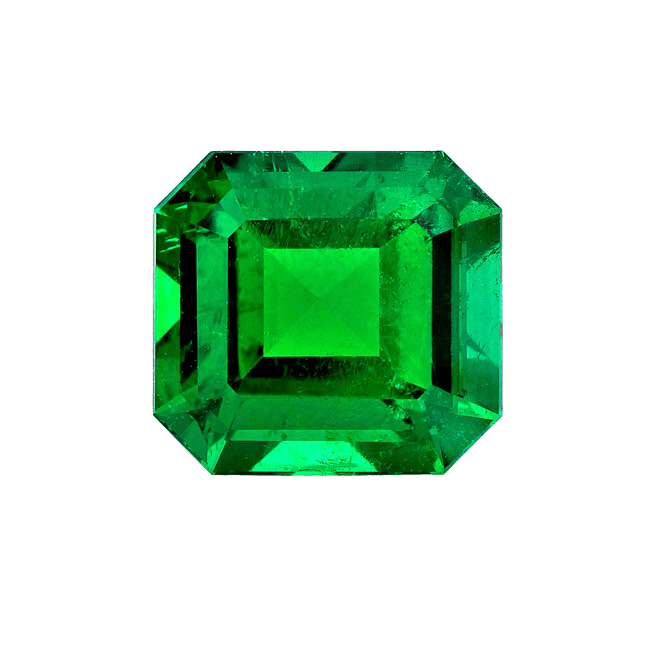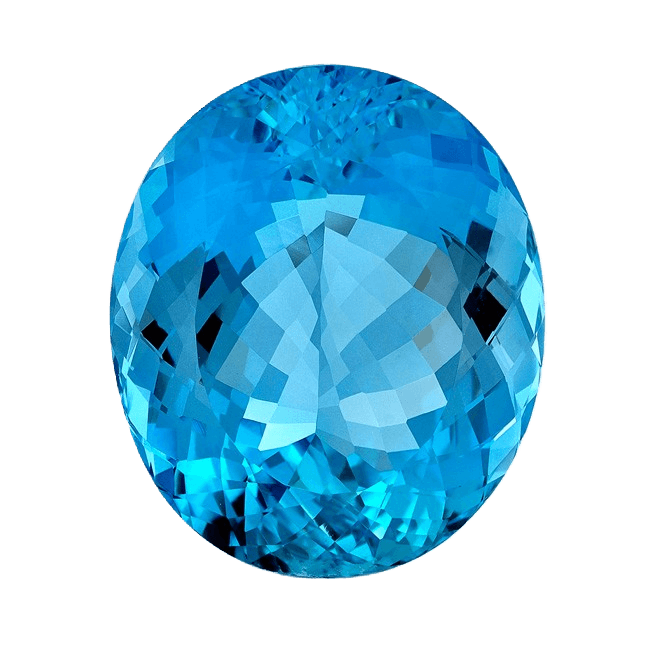Gemstones: The Asset Class Hidden in Plain Sight
For decades, investment-grade gemstones have been locked away in the vaults of the ultra wealthy. Accessible only to those who knew where to look. But that’s changing. The rise of Web3, fractional ownership, and tokenized assets is cracking open a market that has historically outperformed real estate, gold, and even blue-chip art. If you’re looking for an alternative investment that’s portable, scarce, and historically resilient, gemstones might just be the alpha you’ve been missing.
A Century of Stability, A Decade of Explosive Growth
You’ve probably heard the old saying: real estate is the best investment because "they're not making any more of it." But here’s the kicker, when it comes to high-quality emeralds, rubies, and sapphires, nature really isn’t making any more of them. And the data proves it.
Let’s look at emeralds as a case study. Gemfields, the world’s largest supplier of Zambian emeralds, saw its auction prices for top-tier uncut stones skyrocket nearly 100% from 2015 to 2023. Compare that to housing, which appreciates at a sluggish 3–3.5% per year (and that’s before factoring in maintenance, taxes, and the headache of tenants). Gold? Over the past decade, it’s returned around 9.8% per year, making it the closest comparison to gemstones. However, gold has a major downside, it’s subject to market speculation, central bank influence, and inflation-driven volatility. Meanwhile, fine gemstones have quietly built generational wealth while staying under the radar, appreciating steadily without the same exposure to macroeconomic pressures. Unlike gold, gemstones are decentralized in their value structure. There’s no government or institutional control over the supply, no ETFs dictating prices, and no central bank policies manipulating demand. The value of a high-quality ruby or sapphire is determined by scarcity, craftsmanship, and collector demand — not macroeconomic forces beyond your control. This makes gemstones one of the purest free-market assets available today.

The Hierarchy of Investments
Think of investing as a hierarchy, just like Maslow’s hierarchy of needs, where the most essential needs sit at the bottom, and self-actualization sits at the top. In the investment world, the most common and accessible assets sit at the base, while the rarest and most exclusive assets sit at the pinnacle, historically reserved for those who have already built substantial wealth.
At the foundation, you have bank CDs, bonds, and traditional savings accounts—low risk, low return, meant for capital preservation. One level up, you find stocks and ETFs, which offer liquidity and long-term growth but are vulnerable to market swings. Above that, real estate and private equity provide tangible assets and cash flow but require active management and maintenance. Further up, crypto and alternative assets attract investors looking for asymmetric upside but remain volatile and highly speculative.
At the very top of the hierarchy, you’ll find investment-grade gemstones. Why? Because ultra-high-net-worth individuals seek assets that check every wealth-preservation box:
Scarcity: Nature isn’t making more, and mining yields are depleting.
Portability: A multimillion-dollar portfolio can fit in your pocket and move across borders with ease.
Tangibility: Unlike crypto or stocks, gemstones exist outside of digital and institutional control.
Resilience: Not subject to macroeconomic speculation or government manipulation.
Until now, gemstones have been the last stop on the investment journey, an asset class typically reserved for the ultra-wealthy. But with Mizura, that is changing. Mizura is breaking down the barriers, making it possible for any investor to participate in this exclusive asset class. By fractionalizing ownership and leveraging blockchain technology, Mizura brings gemstones out of the vaults and into your portfolio. No longer just a store of value for billionaires, investment-grade gemstones are now accessible to anyone seeking true wealth preservation.
Fractional Ownership Revolution
Until recently, gemstones were an insiders-only market. Auctions and private sales were dominated by high-net-worth collectors and institutions. But new market structures and technology are rewriting the rules. Fractionalization of rare gemstones is making it possible for investors to own a part of high-value stones, turning an illiquid market into a tradable asset class.
Imagine owning a share of a $500,000 emerald or a collection of rare gemstones, with ownership secured through a system designed for transparency and permanence. No shady middlemen. No inflated appraisals. Just direct access to an asset class that’s been closed off for centuries.
Art and collectibles have also been fractionalized in recent years, with platforms offering shares in everything from Picasso paintings to rare sports memorabilia. But the challenge? Art investments are often speculative — driven by cultural trends and shifting tastes, making valuations unpredictable. The difference with gemstones? Their value isn’t dictated by hype cycles. It’s grounded in rarity, geological scarcity, and enduring demand across civilizations.
The Future of Wealth Preservation
As inflation eats away at cash and traditional assets hit their saturation point, alternative investments are the next frontier. The ultra-wealthy have been using gemstones as a wealth preservation tool for generations — now, thanks to fintech and blockchain, you can too.
If you’re looking to diversify beyond stocks and real estate, it’s time to start paying attention to the gemstone market.
Ready to learn more? Join the next wave of investors redefining what’s possible in the world of alternative assets. Join the Mizura waitlist to get access to our initial offering.
© Mizura 2025 All Rights Reserved

